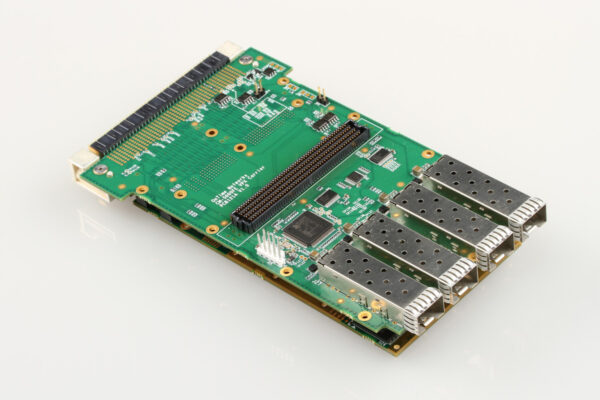What is Forced-air Convection
Forced-air convection, in the context of the PCB industry, refers to a cooling method that utilizes forced convection to dissipate heat from electronic components on a fully populated circuit board. Unlike natural convection, which relies on the natural movement of air, forced-air convection involves actively directing airflow using fans or blowers to enhance heat dissipation.
The process of forced-air convection is crucial for maintaining the temperature of electronic components within specified limits to ensure optimal performance and reliability. By generating a high velocity air flow over the components, forced-air convection effectively transfers heat away from them, preventing overheating and potential damage.
Thermal engineers often prefer forced-air convection over natural convection due to its higher efficiency and ability to handle higher power dissipation densities. However, it is important to consider factors such as the availability and quality of air in the environment, as well as the potential drawbacks of using fans, such as cost, noise, reliability, and space constraints.
Frequently Asked Questions
What Is the Difference Between Forced Convection and Natural Convection
In natural convection, fluid movement occurs naturally due to factors like buoyancy, where warmer fluid rises and cooler fluid falls. On the other hand, forced convection involves the use of external means, such as a pump or fan, to actively force the fluid to flow over a surface or through a tube.
What Are the Disadvantages of Forced Convection
While forced convection has its disadvantages, one of them is its ineffectiveness in static systems for heat transfer. On the other hand, forced convection does have an advantage in that it has relatively better effectiveness compared to natural convection. However, a drawback of forced convection is that it requires an additional unit for operation, which results in extra costs and takes up additional space.
Is Forced Air Better Than Convection
Because fan-forced heaters utilize a fan to circulate the heated air, they have the advantage of heating a room rapidly and occupying less space compared to convection heaters. This makes them particularly suitable for areas such as entryways, bathrooms, and utility spaces where quick bursts of heat are required and space is typically limited.





